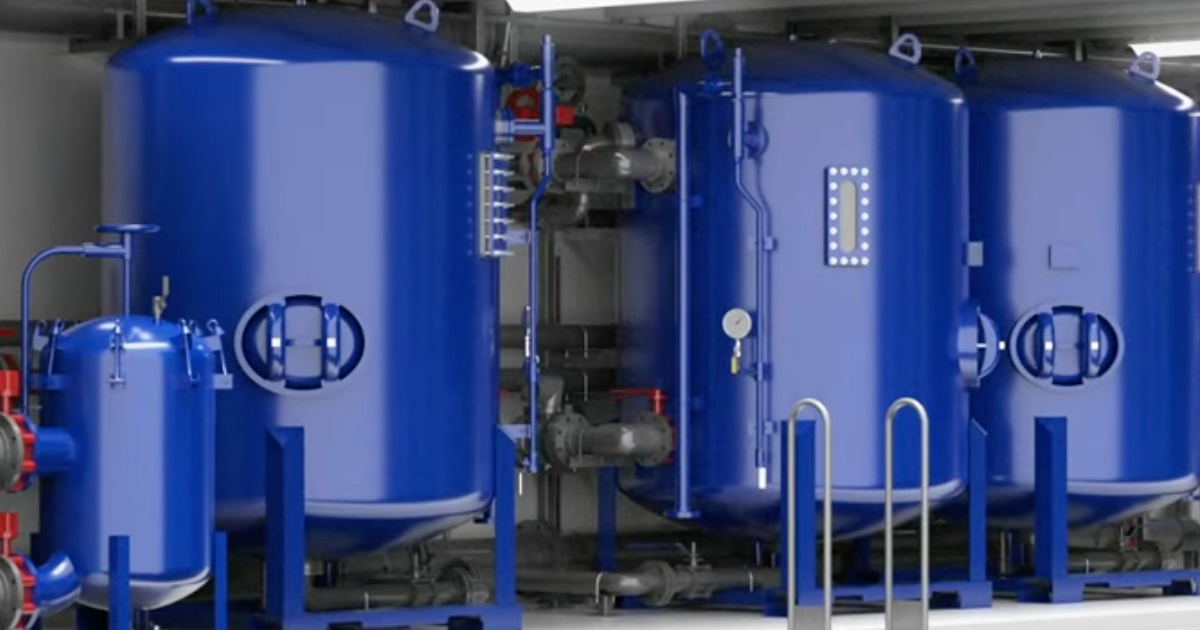Why PFAS Treatment Is Crucial for Reducing Harmful Chemical Exposure
Innovative PFAS Treatment Solutions for Safer Water
The raising occurrence of PFAS contamination in water supplies necessitates a vital assessment of ingenious therapy services. Advanced filtering technologies and novel chemical therapies existing appealing methods for minimizing these relentless toxins. Additionally, emerging bioremediation techniques provide a more sustainable strategy to taking on PFAS challenges. As regulatory structures remain to adapt, recognizing the efficiency and scalability of these services becomes paramount. What effects do these innovations hold for public health and wellness and environmental reconstruction, and how can stakeholders effectively implement them in varied contexts?
Introduction of PFAS Contamination
PFAS contamination has arised as a significant ecological and public health and wellness problem. Per- and polyfluoroalkyl compounds (PFAS) are a team of artificial chemicals known for their determination in the atmosphere and human body, leading them to be typically referred to as "for life chemicals." These substances have actually been widely utilized in various industries, including firefighting foams, water-repellent materials, and food packaging, mainly because of their water- and grease-resistant residential or commercial properties.
The extensive use PFAS has actually led to their detection in soil, water materials, and even in the blood of human beings and animals. Researches have connected PFAS direct exposure to many wellness issues, consisting of developing effects in infants, body immune system dysfunction, and numerous forms of cancer cells. Additionally, the ecological persistence of these compounds complicates their destruction and removal, increasing concerns regarding lasting environmental impacts.
Regulative bodies are increasingly carrying out stringent guidelines to keep an eye on and minimize PFAS levels in alcohol consumption water and other environmental mediums. As awareness of PFAS contamination expands, it has come to be important for areas and markets to look for effective treatment solutions to alleviate direct exposure and secure public wellness.
Advanced Purification Technologies
As the urgency to resolve PFAS contamination intensifies, progressed purification technologies have become a critical part in the remediation initiatives targeted at removing these relentless chemicals from water sources. These technologies utilize advanced mechanisms to successfully target and capture PFAS substances, which are notoriously immune to traditional treatment techniques.
Among one of the most appealing approaches is using granular turned on carbon (GAC), which adsorbs PFAS molecules due to its high area and porous framework. This approach has been widely implemented in both municipal and commercial settings, demonstrating significant decreases in PFAS focus. Furthermore, ion exchange materials have gotten grip, specifically made to precisely bind PFAS ions from water, therefore facilitating their removal.
Membrane filtration innovations, such as reverse osmosis and nanofiltration, likewise reveal efficiency in PFAS elimination by literally dividing impurities from water - pfas management. These systems can achieve high levels of purity, making them appropriate for drinking water applications
Chemical Therapy Technologies
Countless chemical therapy innovations are being explored to efficiently attend to PFAS contamination in water products. One encouraging technique involves the usage of advanced oxidation processes (AOPs), which use effective oxidants such as ozone, hydrogen peroxide, or chlorine dioxide combined with UV light to damage down PFAS substances right into much less unsafe materials. This technique has actually demonstrated efficacy in lab settings, showing potential for scalability in real-world applications.
Another innovative technique is the development of ion-exchange resins particularly made to target PFAS. These materials can precisely adsorb PFAS substances from water, enabling their removal throughout treatment processes. Recent advancements check over here have actually boosted the efficiency and ability of these resins, making them a favorable alternative for water therapy facilities.
In addition, scientists are examining using chemical look at more info representatives like persulfate and ferrous ions to improve the degradation of PFAS in polluted water. These representatives can induce chain reaction that assist in the break down of persistent PFAS compounds.
Arising Bioremediation Techniques
Recent improvements in chemical therapy developments have led the way for discovering bioremediation strategies as a sensible alternative for resolving PFAS contamination. Bioremediation uses the all-natural metabolic procedures of bacteria to deteriorate or transform pollutants, making it an appealing method for tackling persistent pollutants like PFAS.
Arising methods in bioremediation include using genetically crafted microorganisms that can specifically target and break down PFAS substances. These microbial pressures are being established for their improved deterioration abilities, increasing the performance of the removal procedure. Additionally, scientists are exploring the capacity of plant-assisted bioremediation, where particular plant species might uptake and withdraw PFAS from infected soil and water.
Another appealing approach is the application of bioaugmentation, which involves presenting advantageous bacteria into polluted atmospheres to increase the degradation of PFAS. This approach can help with faster removal timelines and enhance total effectiveness.

Regulatory Structures and Standards
A thorough regulative structure is crucial for efficiently managing PFAS contamination and ensuring public health and wellness protection. The raising recognition of per- and polyfluoroalkyl materials (PFAS) as toxic wastes has motivated different federal and state companies to develop standards that govern read the full info here their presence in water products. The United State Epa (EPA) has actually developed health advisories and is pursuing setting enforceable restrictions for PFAS in alcohol consumption water.
State-level guidelines vary substantially, with some states embracing stricter guidelines than those recommended by the EPA. These regulations usually include optimum impurity degrees (MCLs) for details PFAS substances, monitoring requirements, and reporting commitments for water utilities. Furthermore, arising structures concentrate on the removal of infected sites, highlighting the demand for effective treatment technologies.

Conclusion
To conclude, the development and application of ingenious PFAS treatment remedies are vital for resolving the prevalent problem of water contamination. Advanced filtration innovations, chemical treatments, and emerging bioremediation methods collectively provide a complex method to properly decrease and break down PFAS levels. As regulatory structures remain to progress, integrating these modern technologies will certainly be vital to protect public health and wellness and bring back the honesty of contaminated water sources, ultimately adding to a cleaner and more secure environment.